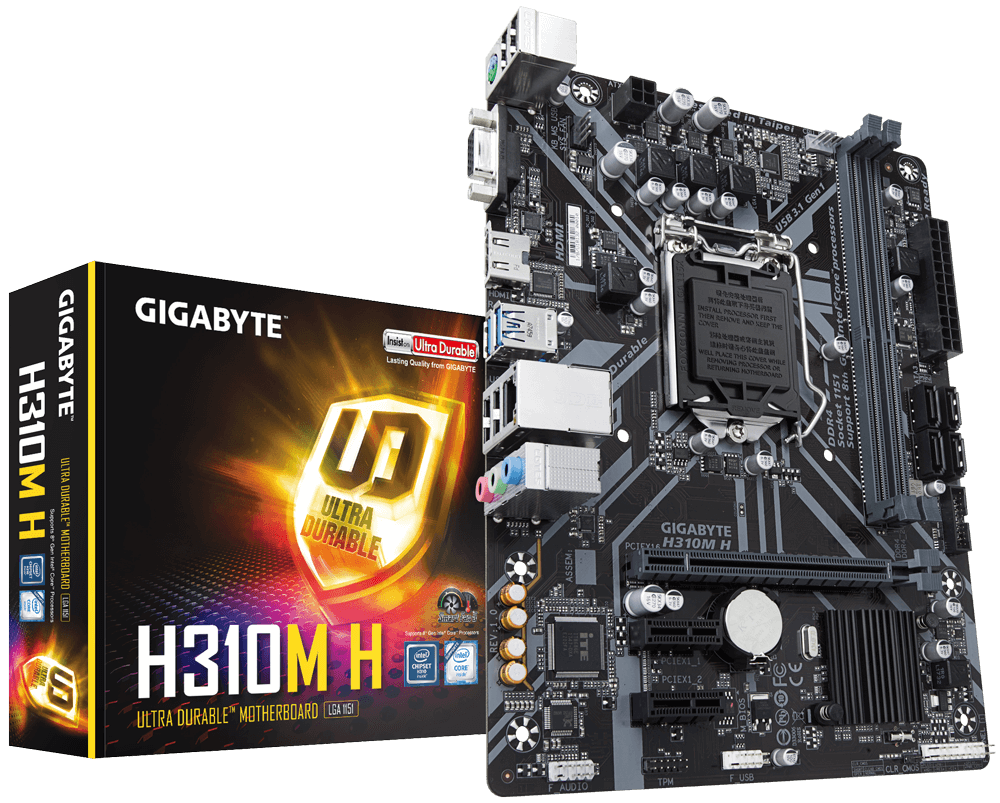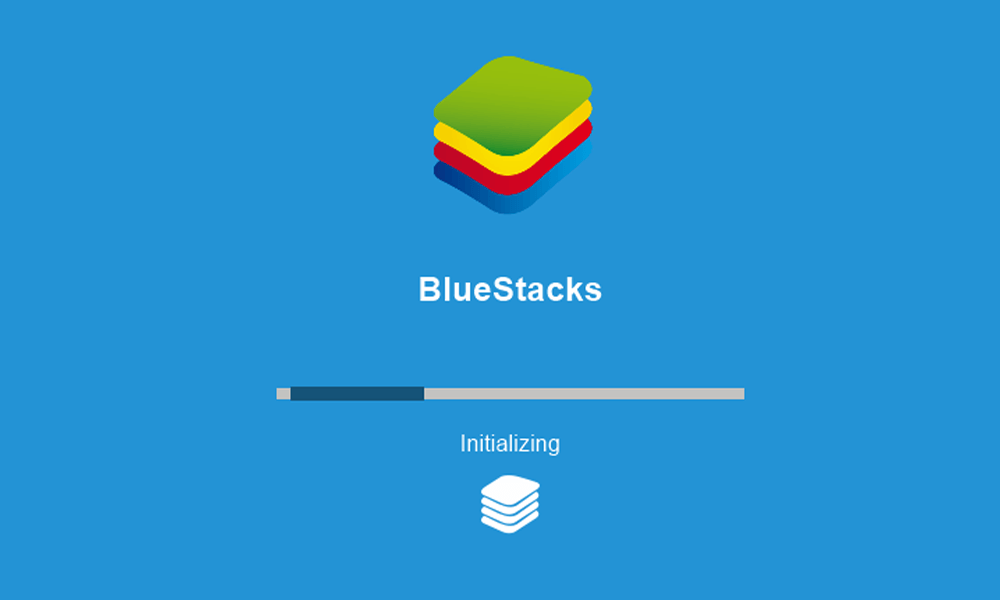While the motherboard itself doesn’t require specific drivers, many components connected to it do. These components include:
Chipset Driver: Acts as a bridge between the OS and all motherboard components.
Audio Drivers: Handle data passed through audio jacks.
Ethernet or LAN Drivers: Allow the system to connect to a network.
Bluetooth and Wi-Fi Drivers: Enable the OS to connect to Wi-Fi networks and Bluetooth devices.
VGA/APU Drivers: Act as a bridge between the motherboard and the display device.
SATA AHCI or Storage Controller Drivers: Enable communication between the OS and SATA drives using the AHCI protocol.
RAID Controller Drivers: Enable users to run a RAID configuration.
USB and Other Peripherals Drivers: Allow devices connected through USB to communicate with the OS.
The latest drivers for these components are typically available on the manufacturer’s website and are later pushed to users via Windows Update.
Updating from the Manufacturer’s Website
Visit the manufacturer’s website to download the latest drivers for your motherboard’s components.
Identify your motherboard model and specifications to find the correct drivers.
Depending on your motherboard manufacturer(e.g., MSI, Gigabyte, ASRock, ASUS), navigate to their respective websites.
Search for your motherboard model and select it from the list.
Click on the “Support” or “Drivers & Download” section.
Choose your operating system.
You’ll see a list of available drivers for your motherboard components, including chipset, audio, LAN, SATA RAID, or APU/VGA drivers.
Download all the relevant drivers; a compressed file will be downloaded.
Go to your download folder(usually: C:\Users\USER_NAME\Downloads).
Right-click on the downloaded folder and select “Extract All”.
Open the extracted folder.
Right-click on the executable(.exe) or setup.exe file and select “Run as administrator” to start the driver installation process.
After installation, restart your PC.
Repeat the process for any remaining driver files.
Using Windows Update
While Windows Update can handle driver updates, it’s advisable to download the latest drivers from the manufacturer’s website for more up-to-date and compatible drivers. However, if you prefer using Windows Update:
Press the Windows and I keys simultaneously to open the Settings window.
Select “Windows Update” from the left sidebar.
Click on “Advanced Options”.
Under “Optional updates”, expand “Driver Updates” and select all options from the list.
Click “Download and Install” and wait for the downloads to complete.
After downloading, restart your PC to install the updates.
Verifying Driver Updates
After updating your motherboard drivers, it’s crucial to ensure system stability. In some cases, driver updates can lead to system issues such as crashes or blue screen errors. If you encounter problems after updating, consider uninstalling the driver and reverting to the previous version.
Conclusion
Updating motherboard drivers is essential for system performance and stability. By following these steps, you can keep your motherboard’s components up to date and ensure your PC runs smoothly.
Experiencing difficulties with your Device, check out our “How To” page on how to resolve some of these issues.







